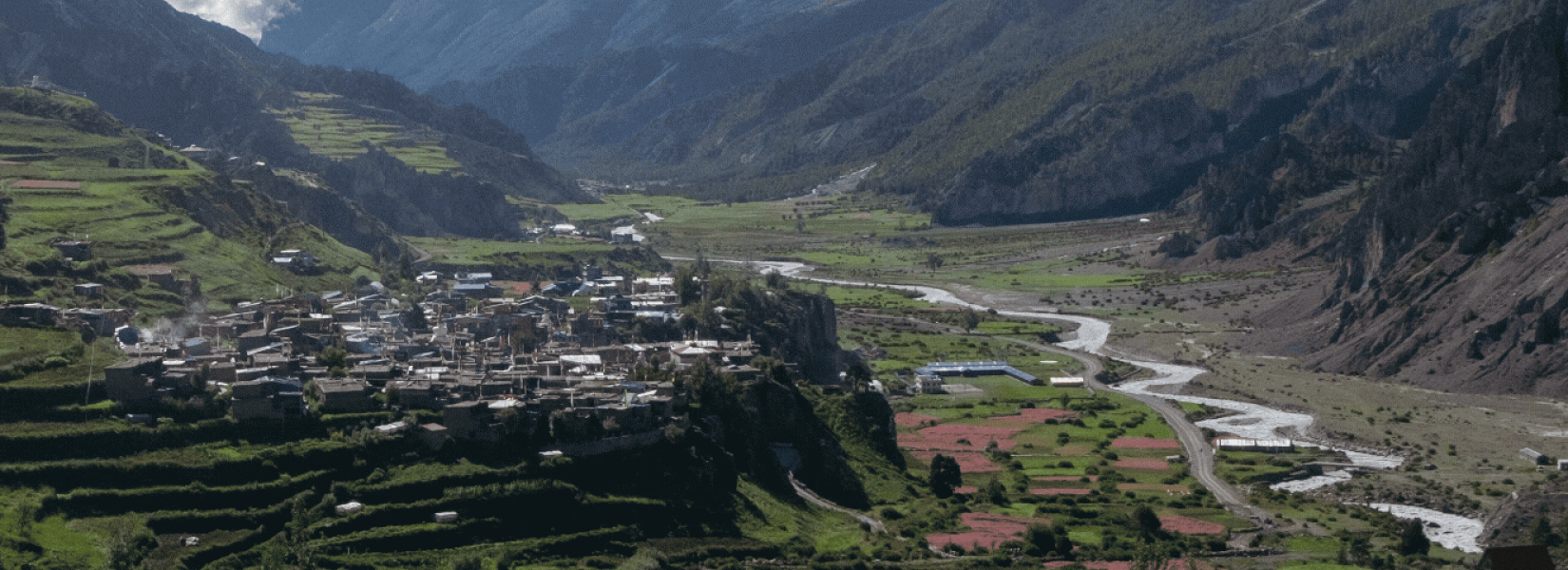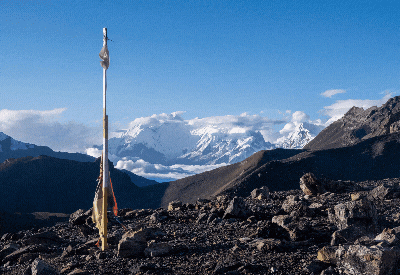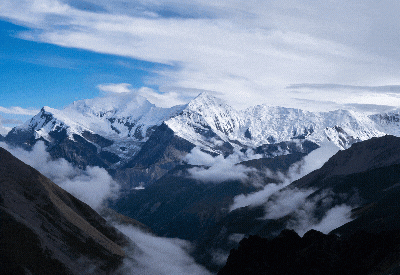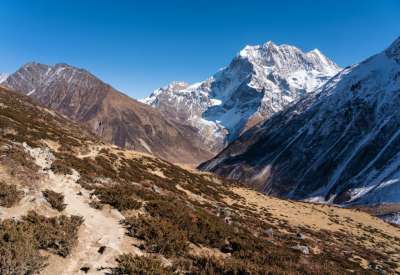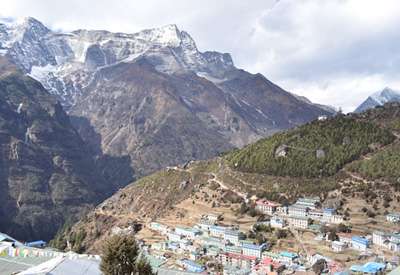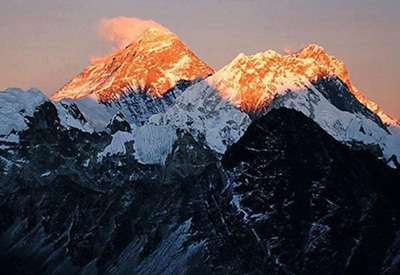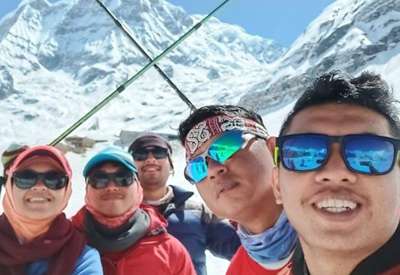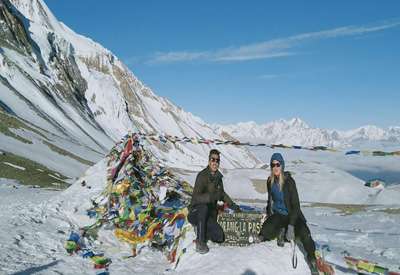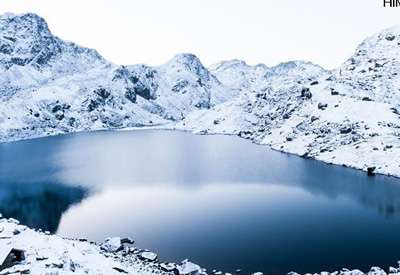The Annapurna Circuit Trek is not just a physical journey; it’s a cultural voyage that allows trekkers to immerse themselves in the rich traditions and heritage of the diverse communities living along the trail. Stretching through a variety of landscapes, from subtropical forests to alpine meadows, the circuit also passes through several traditional villages where ancient customs, religions, and local practices are still alive. Here's a deep dive into the fascinating culture and traditions you’ll encounter during the Annapurna Circuit Trek 2025 (12 days).
Culture & Traditions along the Annapurna Circuit Trek 2025: A Journey Through Nepalese Heritage
Table of Contents
Ethnic Diversity and Communities
The Annapurna Circuit passes through several ethnic communities, each with their own distinct culture and traditions. These groups include:
Brahmins & Chhetris: Predominantly found in lower-altitude villages like Besisahar, Bhulbhule, and Nagdi, these communities follow Hinduism and practice rituals based on the Vedic traditions.
Gurungs: The Gurung people live in higher-altitude regions and are known for their warmth, hospitality, and distinct Tibetan-influenced culture. They are famous for their martial traditions and as Gurkha soldiers, having served in the British and Indian armies.
Thakalis: As the trek climbs higher towards Manang, you’ll encounter the Thakali community, which has a rich history of trade and Tibetan Buddhism. Their unique cuisine and customs reflect their heritage and cultural ties to Tibet.
Tibetan Buddhist Communities: As you approach Jomsom and Muktinath, you’ll encounter Tibetan Buddhist influences, with monasteries, prayer flags, stupas, and Tibetan-style architecture dotting the landscape.
Magars: Another significant group, the Magars are often seen in villages like Beni and Galeshwar. They also follow Hinduism and have a warrior tradition.
Religion: Hinduism and Buddhism
Religion plays a vital role in the culture of the Annapurna region. Both Hinduism and Buddhism are deeply rooted in the daily lives of the local communities.
Hinduism: In lower-altitude villages like Besisahar and Dharapani, Hindu shrines and temples are common. The Muktinath Temple, situated at an altitude of 3,710 meters, is a significant religious site for Hindus, as it is considered a sacred pilgrimage site dedicated to Lord Vishnu. Pilgrims visit this temple to pay homage and take a ritual bath in the 108 water spouts.
Buddhism: As you ascend into the higher altitudes, especially near Manang, Thorong La Pass, and Muktinath, Buddhism becomes more prominent. The Gumba (monastery) and chortens (stupas) are characteristic of the region. Tibetan Buddhists practice meditation, and many villages have prayer wheels and prayer flags fluttering in the breeze. The influence of Tibetan Buddhism is especially visible in villages like Tanchok and Ngawal.
Architecture and Design
The architecture in the Annapurna region is a unique blend of Hindu and Buddhist designs, with Tibetan influences as you move higher up the trek.
Traditional Homes: Houses in villages like Bhulbhule and Chame are built using stone and wood, designed to withstand the cold mountain temperatures. The roofs are often flat and made of slate.
Monasteries and Temples: As you near higher altitudes, Buddhist monasteries and Hindu temples begin to appear. These religious buildings are adorned with colorful prayer flags, statues of deities, and intricate carvings.
Chortens and Stupas: These sacred structures can be found all along the trek, particularly near Manang and Muktinath. The chortens are important sites for Buddhist meditation and prayer.
Festivals and Celebrations
The Annapurna region celebrates numerous festivals throughout the year, blending Hindu and Buddhist traditions. These celebrations offer trekkers a unique insight into the local culture:
Dashain: This is the biggest Hindu festival in Nepal, celebrated by many communities along the trek. The festival is dedicated to the Goddess Durga and involves family gatherings, prayers, and animal sacrifices. While it’s primarily celebrated in lower-altitude villages, you may witness celebrations in Kathmandu or Pokhara before or after your trek.
Tihar (Deepawali): Known as the Festival of Lights, Tihar is celebrated across Nepal. Locals decorate their homes with lights, candles, and flowers. They worship various animals, such as cows, dogs, and crows, as part of the festivities.
Lhosar (Tibetan New Year): Celebrated by the Tibetan Buddhists, Lhosar marks the beginning of the new year. The festival includes traditional dances, prayers, and feasts in villages like Ngawal, Manang, and Muktinath.
Maha Shivaratri: A major Hindu festival dedicated to Lord Shiva, celebrated in Muktinath and other regions along the trek.
Local Cuisine and Food Traditions
Food plays an essential role in the daily lives of the people along the Annapurna Circuit. As you pass through different regions, you’ll encounter a variety of local dishes influenced by both Hindu and Tibetan cultures.
Dal Bhat: A traditional Nepali dish, Dal Bhat is commonly served in villages along the trek. It consists of lentil soup (dal), rice (bhat), and various side dishes like vegetables, pickles, and curd.
Thakali Cuisine: The Thakali people are known for their distinct style of cooking, offering a variety of stews, dumplings, and bread. Thakali Thali (set meal) is popular along the trail, providing a balance of protein, carbs, and vegetables.
Tibetan Influence: In the higher altitudes, you’ll taste Tibetan food, including moments (dumplings), tsampa (roasted barley flour), and Tibetan bread. These foods are perfect for high-altitude conditions, providing energy and warmth.
Local Crafts and Handicrafts
As you pass through various villages, you'll have the opportunity to shop for local crafts and souvenirs, which reflect the rich cultural heritage of the region.
Woolen Scarves & Shawls: These are often handmade in villages like Manang, and make for excellent souvenirs.
Tibetan Prayer Flags: You’ll find colorful prayer flags in every corner of the Annapurna Circuit. These are used for blessing the environment, spreading peace, and bringing good fortune.
Wood Carvings & Metal Crafts: Many of the monasteries have intricately carved wooden panels and metal statues, which you can purchase as keepsakes.
Local Traditions and Customs
The people living along the Annapurna Circuit hold strong to their customs and rituals, often influenced by both Hinduism and Buddhism.
Hospitality: The locals are known for their incredible hospitality. It is not uncommon to be invited into their homes for tea or a meal.
Prayer Flags and Mantras: Along the trekking route, you will notice prayer flags fluttering in the wind, and hear locals chanting mantras or spinning prayer wheels. These practices are believed to bring blessings, peace, and good health.
Animal Sacrifice: In Hindu regions, animal sacrifices are performed as part of religious offerings, particularly during festivals like Dashain and Tihar.
Conclusion
The Annapurna Circuit Trek is not just about breathtaking landscapes; it's also about the opportunity to immerse yourself in the rich culture and traditions of the people who live there. From the diversity of communities and religions to the welcoming hospitality of the locals, the trek offers a fascinating cultural experience that enhances the natural beauty of the region. As you walk through villages and monasteries, experiencing Nepalese culture firsthand will be one of the highlights of your journey.
In 2025, get ready to explore the Annapurna Circuit and embrace the spirit of Nepal!

